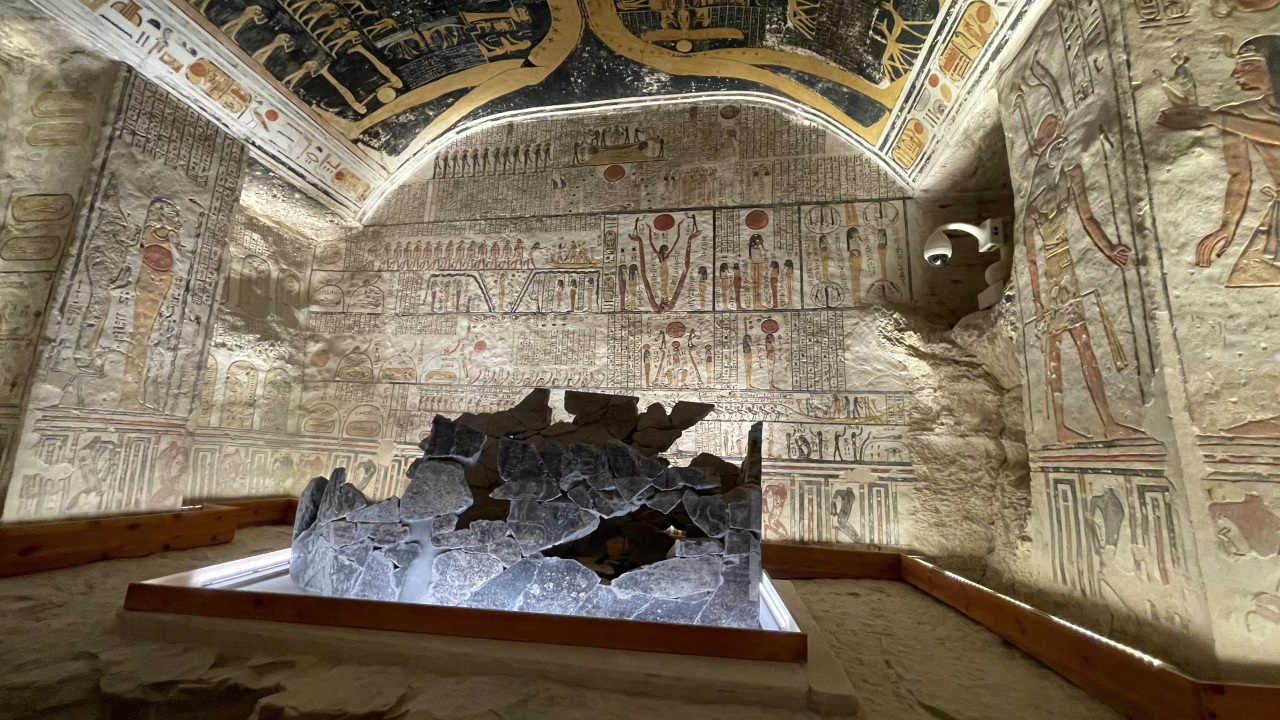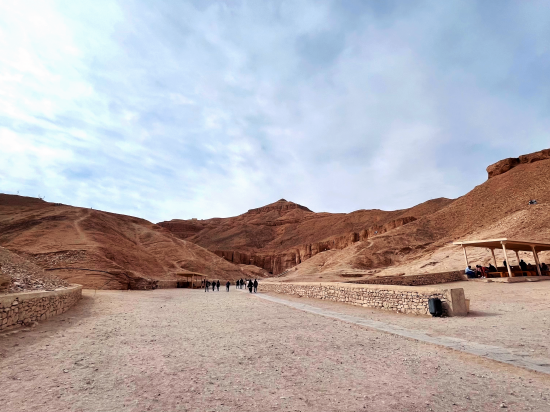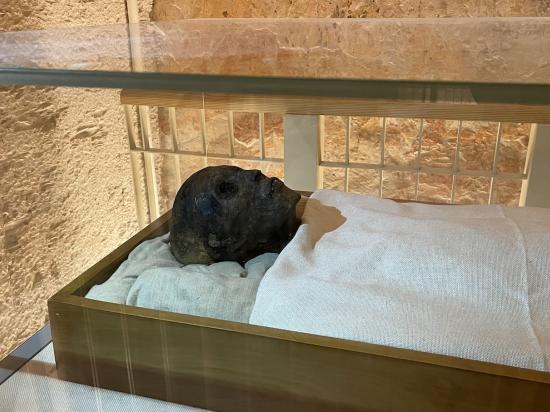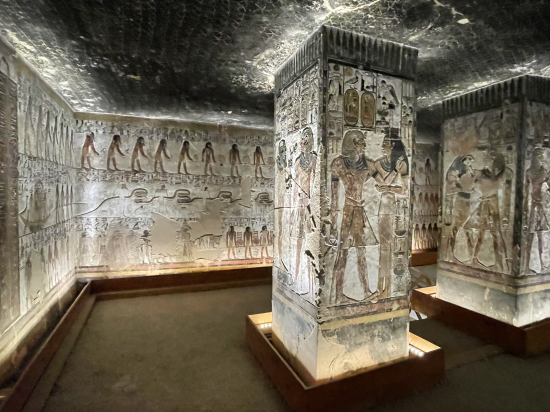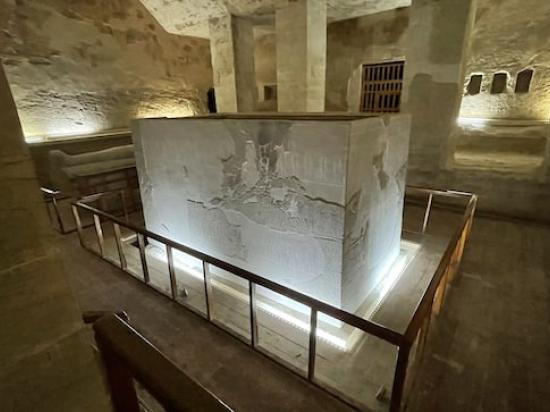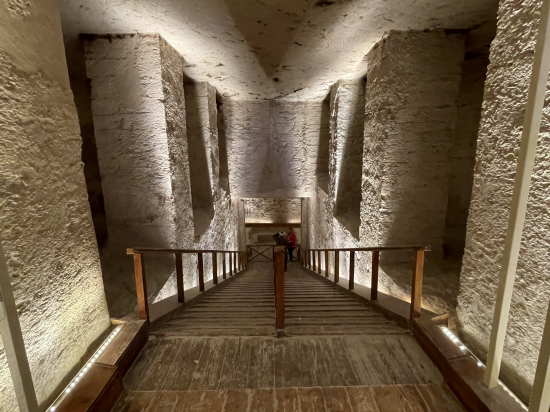The Tomb of Ramses III (KV 11)
That was at least the illusion that the Kings of the 20th dynasty wanted to create. To some extent, they hat success with this ancient PR stunt.
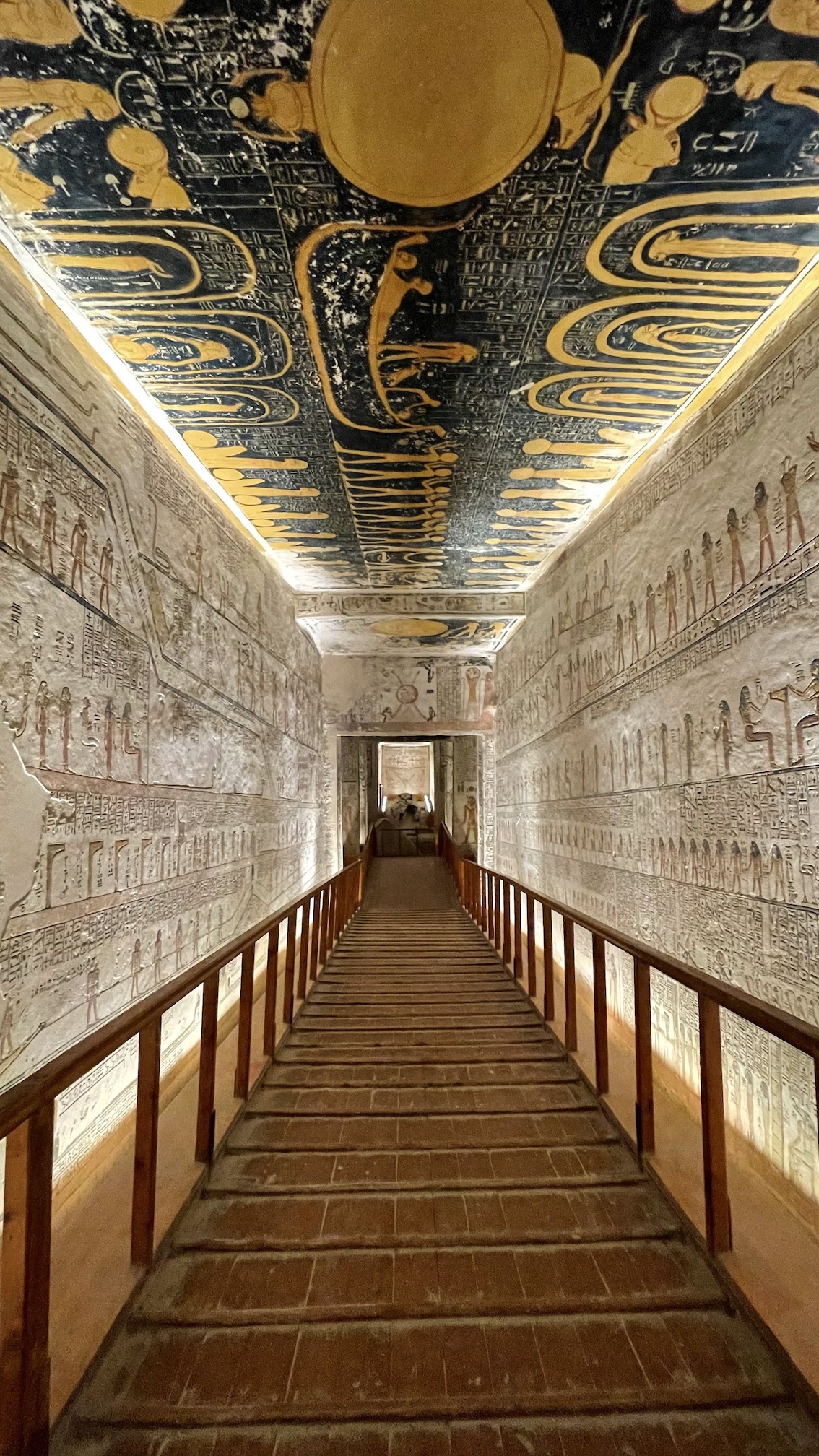
The advent of the Ramesside Period also went along with the slow decline of the Egyptian Empire, starting with the invasion of the so-called sea peoples in the Eastern Mediterranean and Levante, finally causing the Bronze Age Collapse and the beginning of the Dark Ages. It is called the Ramesside Periode, because all Pharaos of the 20th dynasty called themselves Ramses, except of the founder of the dynasty and father of Ramses III, King Setnakhte. He had a short and probably uneventful reign of 4 years. We cannot be sure if it was that uneventful due to the uncertainty of the exact time of the first attempted invasion by the sea peoples.
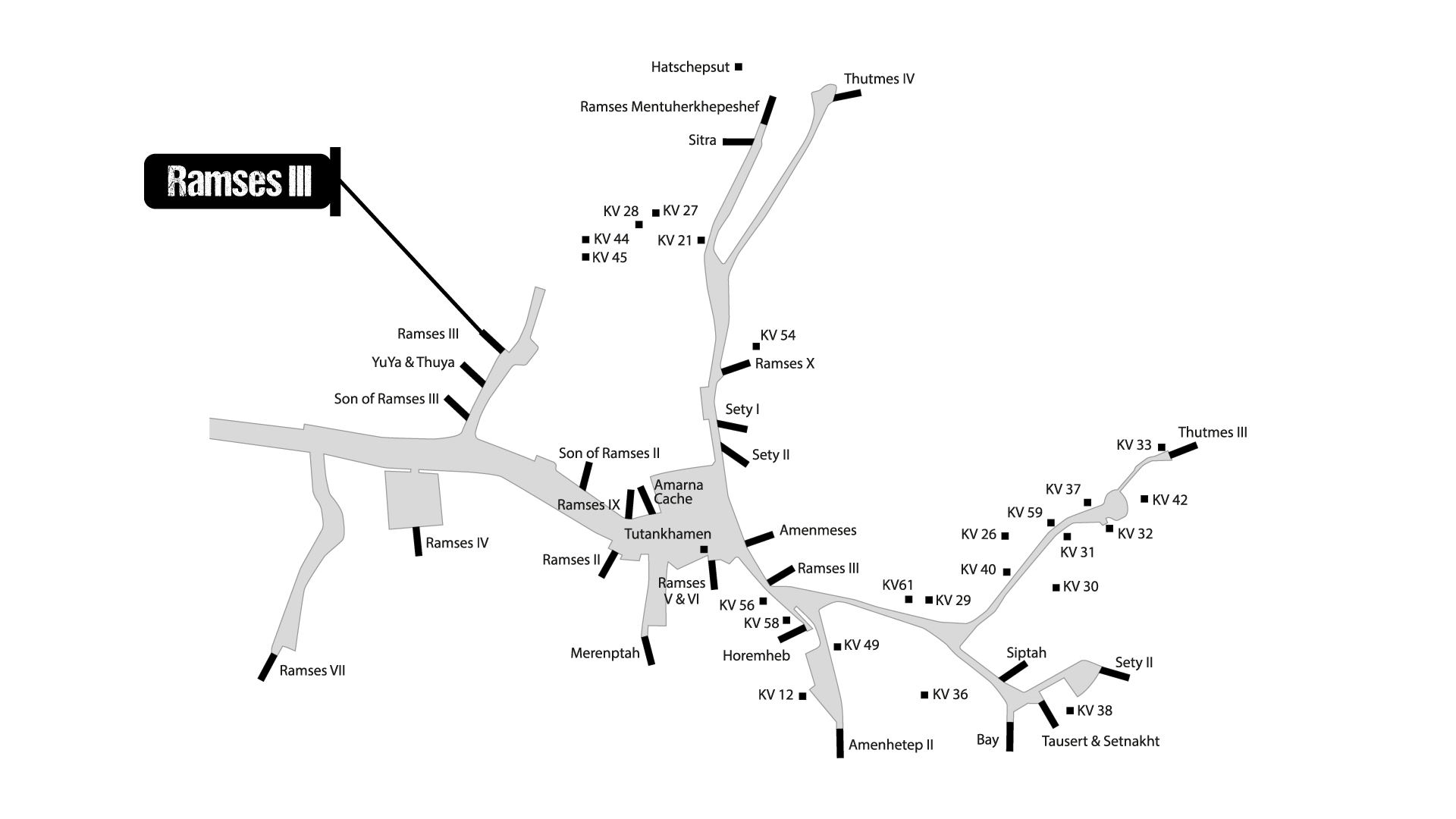
Ramses III was the second pharaoh of the Twentieth Dynasty of Egypt, who reigned from around 1186 BC to 1155 BC. He is known for his military victories, architectural achievements, and his role in quelling several attempted invasions of Egypt by foreign powers.
One of the most significant events of Ramses III's reign was the invasion of the Sea Peoples, a confederation of seafaring raiders from the eastern Mediterranean. Ramses III successfully repelled this invasion, which is considered a turning point in Egyptian history. Ramses III also conducted military campaigns against the Libyans and Nubians and expanded the temple of Amun at Karnak.
Ramses III was also a prolific builder and constructed several important structures, including his mortuary temple at Medinet Habu, which is considered one of the best-preserved temples of the New Kingdom period. He also built several other temples and monuments throughout Egypt, including a temple to the god Ptah at Memphis.
Despite his many accomplishments, Ramses III faced several challenges during his reign, including economic difficulties and a conspiracy against his rule. He was ultimately assassinated, possibly as a result of this conspiracy, but his legacy as a powerful and successful pharaoh has endured through the centuries.
Who was Ramses III?
Ramses III, also known as Usermaatre-Meryamun Ramses III, was an influential pharaoh of ancient Egypt who reigned during the 20th dynasty, approximately from 1186 to 1155 BC. His rule was marked by both remarkable accomplishments and challenges that left a lasting impact on Egypt's history.
Born as the son of Setnakhte, the founder of the 20th dynasty, Ramses III ascended to the throne amidst a period of political instability and external threats to Egypt. His reign focused on restoring order, fortifying Egypt's defenses, and preserving the country's prosperity.
One of Ramses III's notable achievements was his successful military campaigns against invading enemies, including the Sea Peoples—a confederation of maritime raiders who posed a significant threat to Egypt's security. Ramses III decisively defeated the Sea Peoples in a series of naval battles, safeguarding Egypt's borders and maintaining its territorial integrity.
Ramses III was a prolific builder, overseeing the construction of numerous temples, monuments, and structures throughout Egypt. His most renowned architectural project was the construction of the mortuary temple complex known as Medinet Habu on the west bank of the Nile in Thebes. This grand temple complex served as both a religious center and a commemoration of Ramses III's reign.
Aside from his military and architectural endeavors, Ramses III was a patron of the arts and culture. He supported the development of literature, art, and religious practices, contributing to the rich tapestry of ancient Egyptian civilization.
However, Ramses III faced internal challenges as well, including economic issues and threats from within the kingdom. Towards the end of his reign, there were instances of civil unrest, labor strikes, and conspiracies, including a famous harem conspiracy aimed at assassinating the pharaoh.
Ramses III died around 1155 BC, possibly as a result of the harem conspiracy or its aftermath. Despite the challenges and intrigue during his reign, Ramses III's legacy endures through his military victories, architectural achievements, and contributions to Egypt's cultural and religious heritage. He is remembered as a pharaoh who defended Egypt from external threats, supported its cultural and artistic development, and left a significant mark on ancient Egyptian history.
Ramses III was buried in the Valley of the Kings in a tomb designated as KV11. The tomb was originally discovered by Giovanni Belzoni in 1817, but it had been plundered in antiquity, and its contents had been scattered. Despite the damage, Ramses III's tomb is still considered one of the most important in the Valley of the Kings. The tomb features a long corridor with side chambers that contain scenes from the Book of Gates and the Book of Caverns, which are funerary texts that describe the journey of the deceased through the afterlife. The burial chamber itself contains a large red quartzite sarcophagus, which is thought to be the original resting place of Ramses III's mummy. The sarcophagus is decorated with scenes of the pharaoh's journey through the underworld and his ultimate rebirth in the afterlife. In addition to the tomb itself, Ramses III's mortuary temple at Medinet Habu contains a number of depictions of the pharaoh's funerary rituals and his journey to the afterlife. The temple is one of the most important examples of New Kingdom temple architecture and is considered a masterpiece of ancient Egyptian art.
